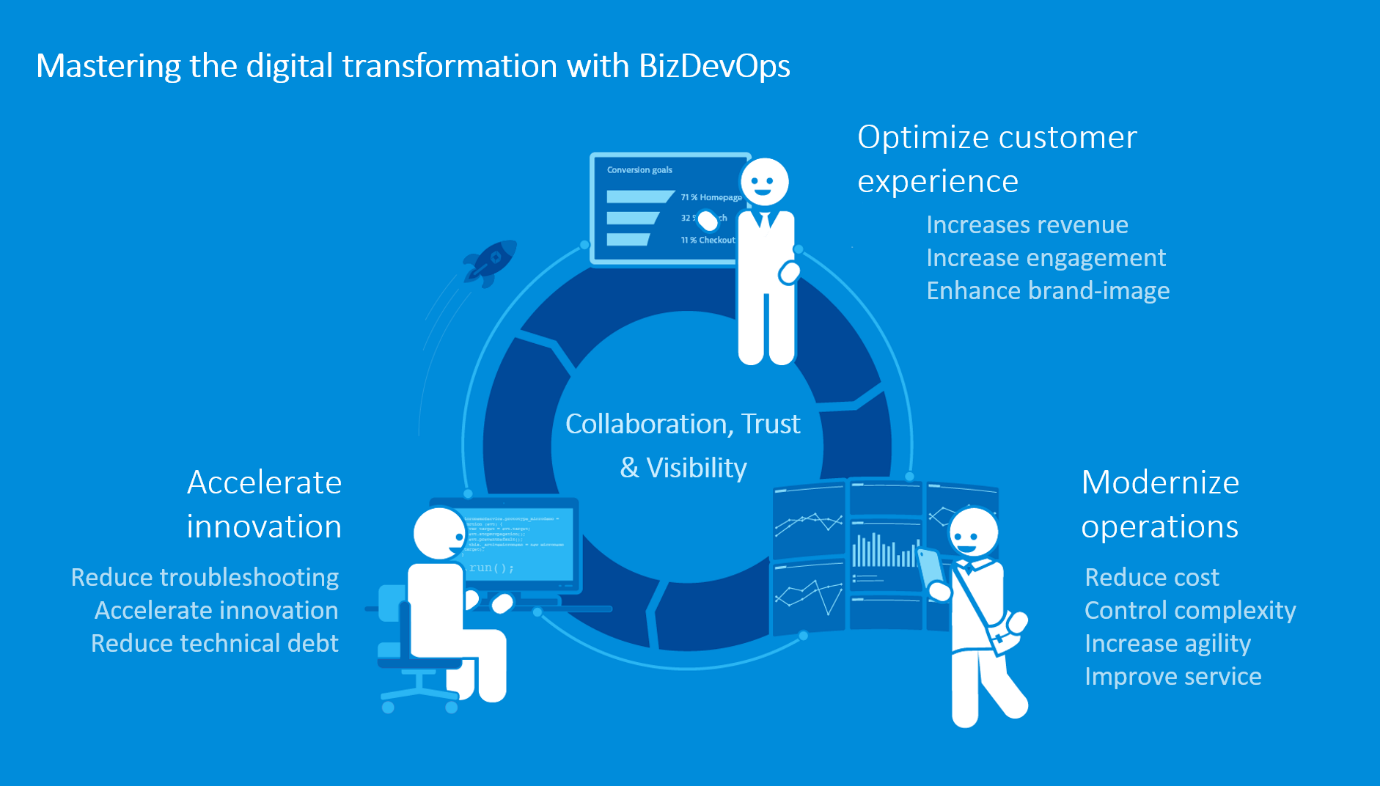 Many modern retailers are struggling under the pressure of digital transformation and the pace at which the shopping industry is changing. For years retailers fought to bring the same level of customer experience to online channels that was available to brick-and-mortar customers. Looking around today however, it’s not clear that such a distinction still makes sense. Is the cross-channel concept even valid now, or is it simply hindering us from moving forward? For many retailers, there is no discernable gap between online channels and physical PoS.
Many modern retailers are struggling under the pressure of digital transformation and the pace at which the shopping industry is changing. For years retailers fought to bring the same level of customer experience to online channels that was available to brick-and-mortar customers. Looking around today however, it’s not clear that such a distinction still makes sense. Is the cross-channel concept even valid now, or is it simply hindering us from moving forward? For many retailers, there is no discernable gap between online channels and physical PoS.
The modern omnichannel approach to marketing emphasizes the creation of experiences that touch multiple channels at the same time. The latest Walmart innovation for in-store service via mobile devices is just such an example. Yet while placing the customer and their experiences front and center is recognized as being vital to successful retail marketers, has this insight yet reached our IT- and R&D departments? For many retailers, the answer is no.
IT-centric thinking, instead of customer-centric thinking, is still the norm within most IT departments. This friction between business owners and IT slows innovation and time-to-market. The top 3 reasons for these conflicting mindsets that I’ve identified are:
-
Compensation plans
-
Established tools and solutions
-
Cultural mindset
Compensation plans
The way that most companies’ setup their compensation plans for IT and R&D hasn’t changed much over the years. IT staff are primarily focused on maintaining system availability (for example, 99.9% uptime and SLAs) paired with specific performance thresholds that must be maintained (for example, website load time must be less than 2 seconds) and MTTR (Mean Time to Recover). This has led to an IT culture that’s reluctant to change. Any proposed change to the status quo can potentially impact those vital IT metrics, leading to lower compensational income or even jeopardize job security. Conversely, the business side of the house pushes for continuous change and optimization that brings with it much uncertainty. IT-system stability is an expectation of business stakeholders, but their compensation isn’t based on the stability of these systems. Developing joint-compensation structures based on common metrics can lead to improved communication and foster collaboration and Cross Silo Thinking.
Established tools and solutions
While customer-centric thinking is something that tool and solution vendors have embraced, there nonetheless are many older tools in the market that were purpose-built for single channels. This is not only a problem of CRM solutions which is why pick a classic IT Operations example: Monitoring.
Over the years single-touchpoint monitoring solutions have been built for mobile apps, web applications, data centers, cloud monitoring, and more. Some of these are justified simply to prove that metrics related to compensation plans are met. This approach to monitoring leads to siloed information that doesn’t help organizations figure out what their customers are actually experiencing when they access retail digital touchpoints. Consider the Walmart mobile in-store assistant example—while the mobile app might work perform well, this is no guarantee that a customer’s overall experience is positive.
Cultural mindset
The way that companies view IT and R&D hasn’t changed all that much in recent years. Some pioneering digital retailers have embraced the concept of BizDevOps (Business, Development & Operations), which is designed to break down cultural and organizational silos. The message of BizDevOps is that IT can no longer be an afterthought. IT must be integrated into business plans from the very beginning. Organizations that continue to use the old model—where business stakeholders define the “what and when” and R&D is simply expected to deliver—will lose the race to customer-experience excellence. This is because the business side of the house misses out on the deep digital knowledge and technical insights that IT professionals provide. It’s the responsibility of R&D departments to research and experiment with new technologies like voice interfaces, augmented reality, and IoT devices. Almost by instinct, R&D teams will bring in relevant new technologies for adoption, if they can do so without creating too much disruption. Once trust has been established by having your BizDevOps team work toward a common digital future, another treasure of IT may become available to your organization: all the information collected for IT purposes that is currently hidden from view. For example, such newly available data may include real time information about the impact of an ongoing service outage on your most valuable customers. Such information can be leveraged by your call center so that customers are contacted with solutions even before they take the time to contact you with their problem.
While silos remain a challenge for many organizations and can lead to friction between business stakeholders and R&D, the BizDevOps approach provides a clear path forward. BizDevOps is the best option retailers have for faster adoption of new innovations that will ultimately lead to outstanding customer experiences.








































